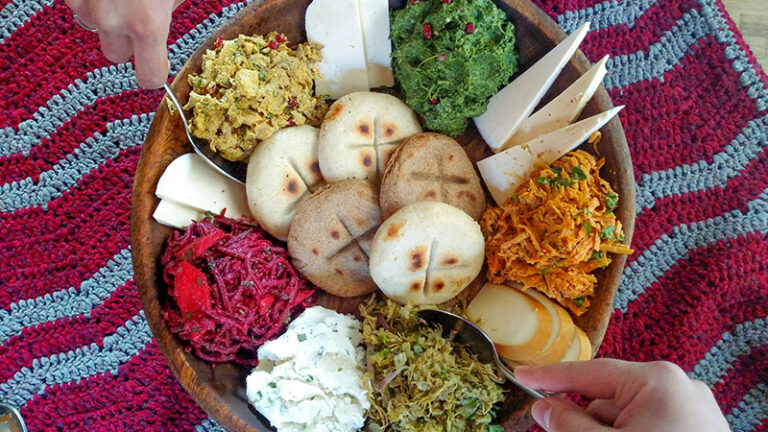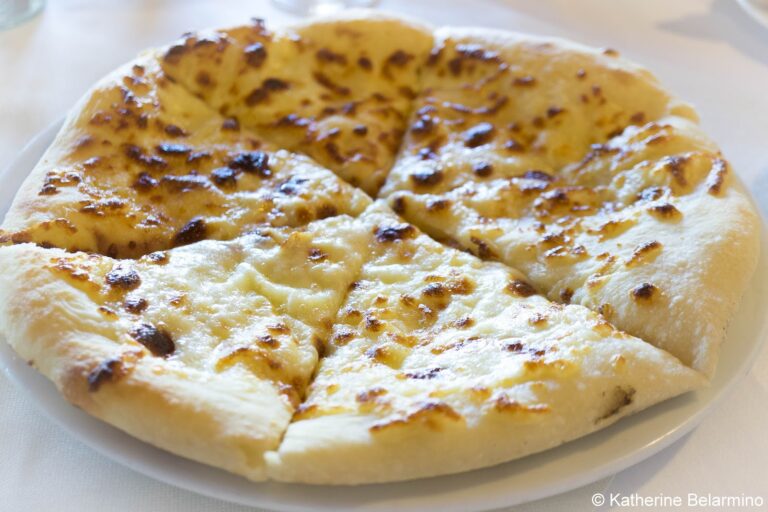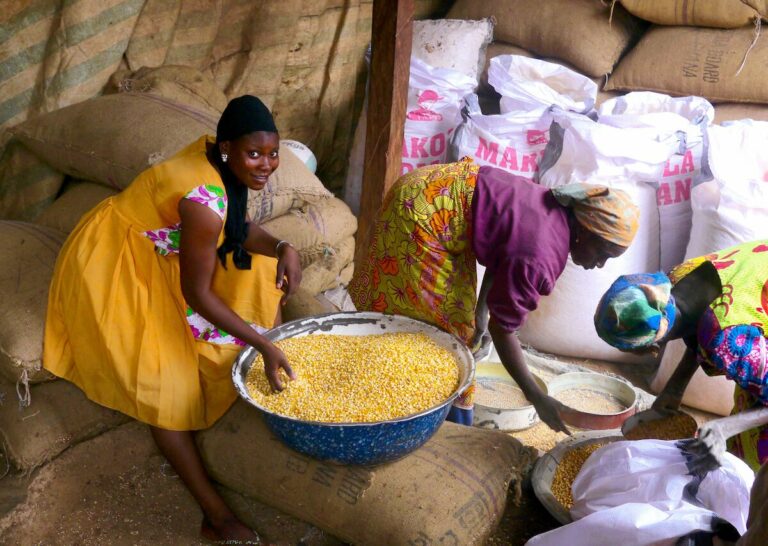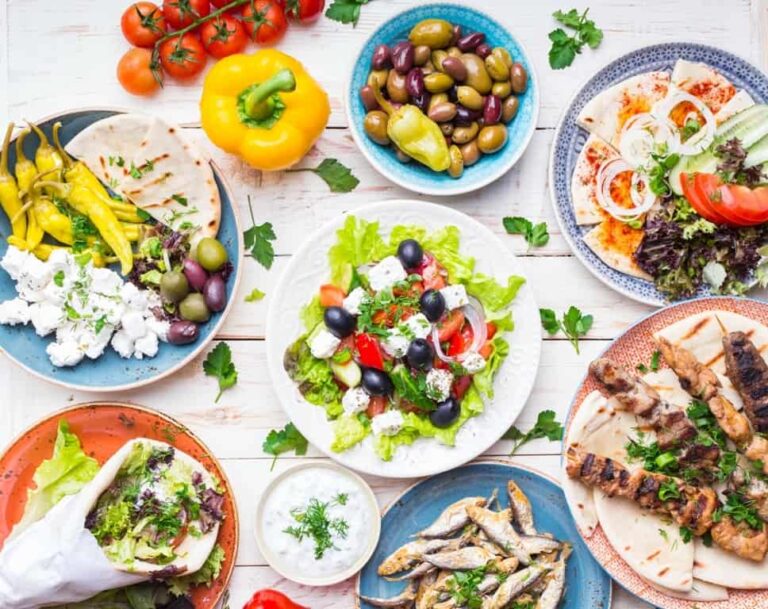Introduction to Gabonese Cuisine
Gabonese cuisine, also known as Gabonese gastronomy, is a unique blend of traditional African and French cuisine. The country, situated in Central Africa, is abundant in seafood, tropical fruits, and vegetables, which play a significant role in its cuisine. The food is typically rich in flavor and spices and is often served with rice or cassava. Gabonese cuisine is a reflection of the diverse cultural heritage of the country and is influenced by the Bantu and Fang tribes, as well as the French colonizers.
Regional Influences on Gabonese Cuisine
Gabonese cuisine is heavily influenced by the regions and traditional practices of the country. In the coastal regions, seafood is prominent, with grilled fish and prawns being popular dishes. The inland regions are known for their cassava and plantain-based dishes, which are often served with meat or fish stews. The cuisine is also influenced by the traditional practices of the Bantu and Fang tribes, who prepare food using traditional methods such as smoking and roasting.
Traditional Ingredients in Gabonese Cuisine
Gabonese cuisine is characterized by the use of fresh, locally available ingredients. Some of the staple ingredients in Gabonese cuisine include cassava, plantains, yams, and rice. Fresh seafood such as fish, prawns, and oysters are also commonly used in Gabonese dishes. The cuisine is also known for its use of spices such as ginger, garlic, and chili peppers, which lend a pungent flavor to the dishes.
Signature Dishes of Gabonese Cuisine
One of the signature dishes of Gabonese cuisine is Nyembwe chicken, which is prepared using a combination of palm oil, garlic, onions, and chili peppers. Another popular dish is Liboké, which is a smoked fish stew. The dish is prepared by wrapping the fish in banana leaves and smoking it over a fire. Another popular dish is Poulet au Moamba, which is a chicken stew prepared using palm oil and spinach.
Gabonese Street Food and Snacks
Gabonese street food and snacks are popular among locals and tourists alike. One of the popular snacks is Bean cakes, which are made by mashing black-eyed beans and frying them into small cakes. Another popular snack is Koki, which is a steamed bean pudding. Street food such as Grilled fish and prawns are also commonly found in the coastal regions of the country.
Gabonese Beverages and Desserts
Gabonese cuisine is known for its traditional beverages such as Palm wine, which is a sweet alcoholic drink made from the sap of palm trees. Another popular beverage is Ginger beer, which is a non-alcoholic drink made from ginger and sugar. Desserts in Gabonese cuisine are often made using tropical fruits such as mangoes, pineapples, and papayas. Gabonese Fruit salad, which uses a combination of fresh fruits and sugar, is a popular dessert in the country.
In conclusion, Gabonese cuisine is a unique combination of traditional African and French cuisine, with a heavy emphasis on fresh, locally available ingredients. The cuisine is characterized by its rich flavors and spices, and signature dishes such as Nyembwe chicken and Liboké are a must-try for anyone visiting the country. Gabonese street food and snacks, as well as traditional beverages and desserts, offer a glimpse into the diverse cultural heritage of the country.










